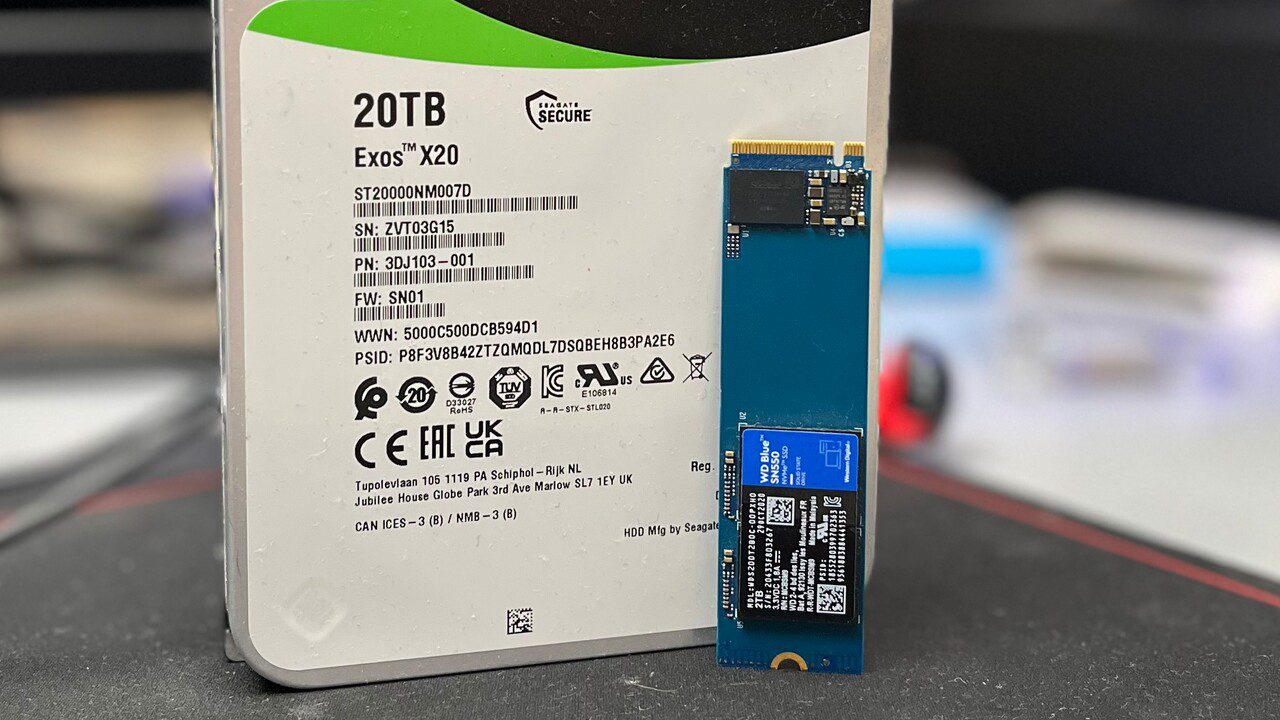
Do conventional hard drives (HDDs) or fast solid-state drives (SSDs) last longer? This question cannot be answered comprehensively even today, but cloud storage operator Backblaze’s inventory statistics provide a clear trend, if only in relation to “cloud usage.”
Cloud SSDs
Backblaze only started equipping its own data centers with SSDs a few years ago. So the experience doesn’t go back as far as it does with HDDs, for which Backblaze has been keeping and regularly publishing crash statistics for a long time.
The cloud operator had already provided initial information on failure rates for SSDs, which at the time were only used as boot drives for a few years. Even then, there was a trend in favor of purely electronic SSD technology over mechanical hard drives.
New stats clearly see SSDs at an advantage
New numbers are now being added that take into account a longer period of use. Until the end of 2018, the company still used HDDs as boot drives, thereafter they were replaced by SSDs. The charts now compare the average annualized failure rate (AFR) of both drive types over the years.

This shows that the error rate of hard drives increases considerably from the fifth year: from about 1.8% in the fourth year to around 3.6% in the fifth year, 5.2% in the sixth year, 6.3% in the seventh year and 6.9% in the eighth year.
For SSDs, the AFR is significantly lower, about 1% in year four and 0.9% in year five, and does not increase. Whether this also applies to subsequent years remains to be seen, because the corresponding database is missing.
Backblaze sees the claim that SSDs are more reliable than HDDs confirmed. At least that applies to this area of application as bootable data carrier on their own servers. Such a result was to be expected, after all, the mechanics of HDDs wear out, which is not the case with SSDs.
Failure rates will continue to be monitored
SSD stats continue. Then we will see when the failure rates will increase. Since the NAND flash memory in SSDs only survives a certain number of write cycles, this would be a reason for an increase in failures. Backblaze also wants to investigate the extent to which an SSD can be used beyond its guaranteed write volume (Total Bytes Written).

Introvert. Beer guru. Communicator. Travel fanatic. Web advocate. Certified alcohol geek. Tv buff. Subtly charming internet aficionado.
